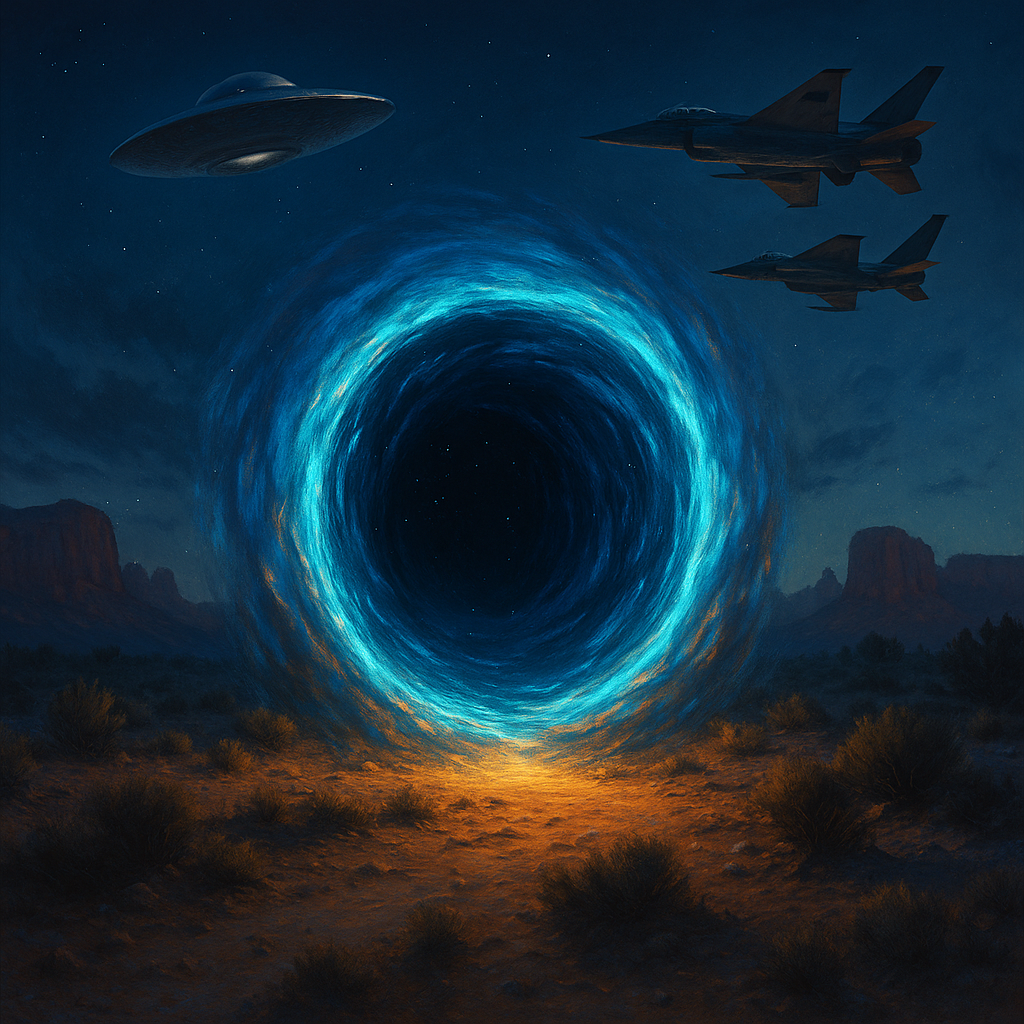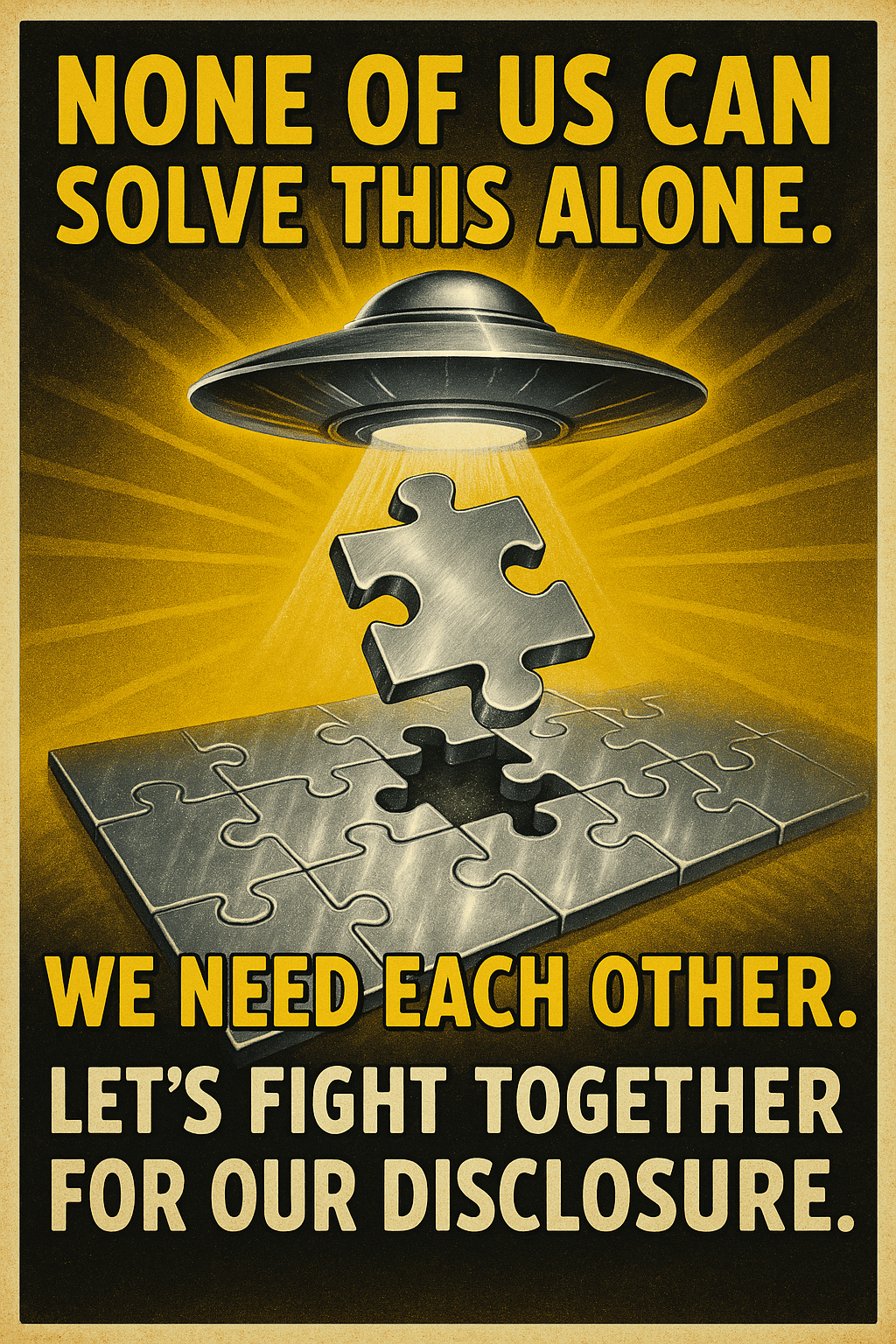Flux Craft, Portals, and Interdimensional Secrets: The Sedona Files of Tom Dongo

On the May 28, 2025 episode of Reality Check, host Ross Coulthart interviewed veteran paranormal researcher Tom Dongo about his decades of investigations in Sedona, Arizona, particularly the infamous Bradshaw Ranch. Dongo, who is nearing 80 years old, has spent over 50 years researching unexplained phenomena, with the past 40 centered in Sedona—an area he calls “ground zero” for the paranormal. His curiosity began in his teens with Bigfoot investigations and evolved over time into a broader interest in UFOs, interdimensional portals, and other unusual occurrences. According to Dongo, Sedona is not only swarming with sightings of glowing orbs and strange lights, particularly around landmarks like Thunder Mountain and Black Mountain, but it’s also plagued by a history of military secrecy. He claims the Bradshaw Ranch was a focal point of high strangeness, where he witnessed and photographed orbs of light emerging from the ground—phenomena he insists are not craft, but sentient, living entities. Dongo documented these findings in his books, such as Merging Dimensions and Mysteries of Sedona, which include 35mm and early digital photographs as evidence.
He recounted how Bob and Linda Bradshaw invited him to their ranch after encountering baffling activity, including floating lights and encounters with sentient orbs that would interact with light beams. These orbs, according to Dongo, behave intelligently and seem to be alive. He emphasized that these were distinct from the craft seen during the 1997 Phoenix Lights event, though he pointed out that the origin of that infamous sighting was just north of Sedona. Adding another layer to the mystery, Dongo asserted that a significant number of hikers—at least 35 cases in the 1990s alone—reported being confronted at gunpoint by uniformed men with no insignia while on public National Forest trails. One particularly intense encounter happened at Secret Canyon, a place with its own odd legacy. A hiker named Light told Dongo he was threatened with an M16 when he tried to continue along a public trail after being told it was temporarily classified as a “restricted military access zone.” Dongo insists that many such witnesses are too embarrassed to report these incidents, fearing ridicule from law enforcement. Throughout the interview, Dongo maintained that Sedona’s strange happenings are not isolated, but part of a larger pattern of phenomena that includes underground bases, anomalous lights, and covert military activity—all tightly interwoven into the mystery surrounding this peculiar Arizona town.
Tom Dongo expanded on the darker and more disturbing aspects of his decades-long research in Sedona. He stated with conviction that there are multiple secret underground military bases in the region—at least four or five—though he admitted that even as a top expert in the area, he couldn’t definitively explain their purpose. One base, whose location he shared privately with the host Ross Coulthart, was the subject of a chilling story. According to Dongo, a man who had investigated the site with him and provided photographic proof was explicitly threatened: return to the site and he would be killed. Dongo’s fear was palpable, noting that even he now chooses to steer clear of further direct involvement with these locations.
He then recounted a well-known but still extraordinary case where two on-duty Clarkdale, Arizona police officers, hiking recreationally, discovered an open manhole near a cement works facility. Looking inside, they found a ladder leading into a system of tunnels. Upon descending, they were stunned to see the tunnels branched out in every direction. Before long, the corridors were swarming with heavily armed men in U.S. military uniforms—but notably without any insignia. The officers were ordered at gunpoint to leave immediately and never speak of what they saw. This story, relayed to Dongo by fellow researchers Claudia and a now-deceased ex-CIA agent named Jim, struck him as credible due to the officers’ active-duty status and their professional demeanor.
Dongo also discussed a 1993 incident where the U.S. military closed off a large section of the Sedona area without explanation. A concerned congressman, hearing of this unprecedented action, reached out to locals to find out what was happening—underscoring how even elected officials were kept in the dark. Dongo connected this secrecy to a broader pattern: widespread sightings of UFOs, orbs, interdimensional entities, and even nonhuman beings—events that he says have been occurring for decades in and around Sedona. He spoke of situations where only one or two people in a crowd might see a UFO, suggesting that perception might be selectively affected, whether by design or coincidence.
Perhaps most remarkable was his assertion that he has personally seen a craft on the ground that appeared to be undergoing repairs by what looked like pulsing light beings. Despite having three high-end cameras with him and five other witnesses present, none of the devices would function properly—a phenomenon he says happens often around these objects. Dongo later discussed this sighting with a retired Air Force colonel who confirmed that if it were a U.S. asset, there would have been an immediate military presence surrounding it.
Dongo also spoke candidly about his military contacts, many of whom were retired colonels or lieutenant colonels. These individuals, he claimed, confirmed the U.S. government’s possession of non-human craft, corroborating stories from earlier whistleblowers like David Grusch. He named Colonel Wendelle Stevens, a key figure in early UFO crash investigations, and Command Sergeant Major Bob Dean as trusted friends who shared firsthand knowledge of multiple UFO recoveries beyond Roswell, including incidents in Kingman, Arizona. Dongo was adamant that this technology is real and in the hands of the U.S. military, but that its existence is denied to preserve control and suppress public panic. He echoed the common claim that disclosure would threaten government authority by confirming the presence of a higher, non-human power.
Dongo recounted seeing two American fighter jets escorting a classic disc-shaped object in broad daylight in the 1990s, just a mile from where the interview was conducted. According to him, the U.S. has been flying its own disc-shaped “Flux Craft” since at least 1951, a fact relayed to him by the late Colonel Wendelle Stevens. These craft, allegedly of non-human origin, show signs of wear—”like they’ve been to Mars and back,” Dongo said—suggesting they are retrieved rather than manufactured. He made it clear that he doesn’t believe these craft are simply advanced human inventions but are instead remnants of extraterrestrial technology, some of which may have been recovered and reverse-engineered.
When asked directly what he thought all these orbs, discs, and anomalies truly are, Dongo said his best theory points toward interdimensional origins. He emphasized this by recalling the alleged portal on Bradshaw Ranch. Although Dongo himself could not see it, he said his longtime collaborator Linda Bradshaw could visually perceive the portal, describing it as a 20-by-30-foot gateway from which strange entities would emerge. He described nights spent at the ranch feeling surrounded by unseen beings, at times accompanied by peculiar smells—sometimes like roses, other times like burning tar. These were not abstract beliefs for Dongo; they were experiences lived and deeply felt.
Dongo then discussed the area around Clarkdale, particularly Verie Canyon, where residents allegedly reported subterranean drilling that caused their homes to shake. He said some claimed tunnels were being constructed beneath their homes—an allegation consistent with broader reports of underground military activity in the area. Dongo has tried speaking with locals about it, but said that, like many Indigenous people, they remain silent until a deep trust is established. In extreme cases, he claims witnesses have been threatened with their lives, receiving warnings like “we’ll kill you and your whole family” if they talk.
Perhaps most bizarre was a case Dongo described involving his friend Eric, who was investigating suspected hidden bases disguised as old Bell Telephone relay stations. These 15-foot structures, seemingly abandoned, had massive air vents leading underground—far too large for the kind of modest equipment they supposedly housed. Eric also presented Dongo with photos of a ranch that had telephone poles topped not with wires, but with small satellite dishes—raising suspicions that these were communication or surveillance nodes connected to underground installations. For Dongo, these clues only added weight to the possibility that some of Sedona’s oddities are hidden in plain sight, shielded by the region’s reputation as a magnet for “crazy stories.” He argued that disinformation and ridicule are useful tools for those trying to obscure the truth.
As the interview closed, Dongo expressed both determination and caution. He continues his research carefully, aware of the risks but driven by a relentless desire to uncover what he believes is a vast and disturbing reality hidden beneath the surface. He admitted that many of the stories he shares today—on platforms with audiences of millions—he wouldn’t have dared to speak aloud even a decade ago, fearing disbelief and retaliation.
For those intrigued by his work, The Mysteries of Sedona by Tom Dongo is a foundational read. First published over 30 years ago and still in circulation, the book compiles early accounts of Sedona’s strange phenomena, from glowing orbs to ghostly encounters and suspected military cover-ups. It remains a cult favorite among readers who sense there’s more to Sedona than red rocks and spiritual retreats, offering an intimate look into one man’s lifelong journey to uncover the truth behind the world’s most persistent mysteries.


